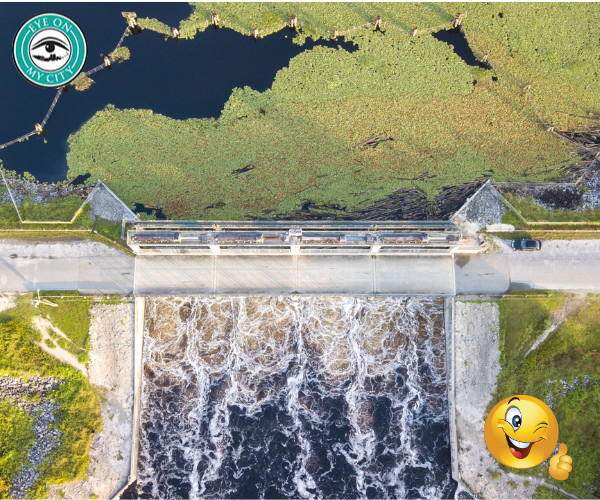
Depending on whose number you wish to use, Florida has 1,197 miles of coastline. Or 1,350. Or 8,436.
In any case, any rise in the sea level would mean a reduction in the land area of the state – which is 54,252 square miles according to the governor’s office, or 54,136 square miles according to the Secretary of State.
Anyway, it is a big state with a lot of water around it.
Currently, there is great concern among people who are greatly concerned about rising sea levels. They are very excited about new study proclaiming a cost to the state of $76 billion to prepare for the event by building seawalls.
A global warming alarmist group curiously called the Center for Climate Integrity produced the report, which was highlighted recently in Florida Politics.
It would cost more than $3 billion to build seawalls in Duval County, the report claims.
The report covers a period of 20 years, so the annual cost would be something less than $4 billion a year statewide. But it sounds scarier if you multiply the number by 20.
Gov. Ron DeSantis has created an Office of Resilience and Coastal Protection to help local governments plan for rising sea levels, and he noted there is plenty that can be done other than build seawalls.
For one thing, seawalls won’t do much to help the Florida Keys, those small little blots of sand that stretch 100 miles into the ocean from the tip of the peninsula.
Cities and counties that have allowed building to the water’s edge have the most to worry about, like Miami Beach.
But wealthy people who have purchased oceanfront property have the most at stake at a personal level. It is a risk they took and there probably would be a strong reaction if any politicians proposed bailing them out with taxpayer money.

Sea levels have been rising slowly at a steady rate for centuries. Florida has been quite larger and it also has been considerably smaller over the eons.
“The current shape of Florida’s coastline is merely a snapshot in geologic time because sea-level is constantly fluctuating with our planet’s climate cycles,” a paper on the state’s geological history in the University of Florida archives says. About the time humans arrived, the state was twice its present size.
Alarmists like to use the rising seal level to produce panic, as if a tsunami were going to sweep across the state. But there is plenty of time to do whatever is necessary and it probably would be rash to abandon all habitation within a mile of the water, especially if Mother Nature should decide the sea level should begin dropping again.






